
Developer: T19 Games
Publisher: T19 Games, Fulqrum Publishing
Platform: PC
Tested on: PC
Dread Templar – Review
In the entire catalog of FPS games and their subgenres, it might sometimes feel like a competition to be the very best compared to your peers. Some games though, are clearly chosen by players as top-tier quality and Dread Templar is definitely one of those when looking at the retro-style shooters, where it feels like it optimizes the old for our modern day and age.
Story
In Dread Templar, the story is not the focal point of the game. There are five episodes, each containing multiple levels and the only bits of story you get are narrated texts with a single image after each episode, which give you more information about the protagonist and how they became the Dread Templar. Dread Templar is also not less of a game for it and it handles the absence of any red thread quite well. The goal is much like DOOM: Kill demons, try not to die. It’s also a game like many other classic FPS games, which often did not have much of a story either, and perhaps comes the closest to any modern game trying to replicate the feeling that classic FPS games gave you. This is possible thanks to a combination of everything Dread Templar offers.
Graphics
First of all, the graphics, much like the gameplay, are reminiscent of those early 3D shooters such as Quake, where you still had low poly models and pixel art-like textures that made way for an entirely new era of gaming. Dread Templar replicates the 1995-2000 times very well and even uses the same sort of gritty textures, but it also adds a bit more color which makes the game feel more cyberpunk or at the very least neon in a way. It’s a style that any game enthusiast should at least appreciate. The player, as well as enemy animations, are fluid, and we could actually not find a downside to the graphics. The style feels polished, it works, it’s retro, and it’s as good an example as any Boomer Shooter can be.
Sound
The sound design of Dread Templar is amazing. Most of the time what accompanies the experience is just brutal metal music, from the moment you start up the game to the moment you stop playing. There’s a tiny bit of atmospheric/synth present in the music as well though, which actually compliments the earlier discussed graphics quite well. It fits the colorful touches on top of the gritty, dark textures. Aside from the music, the sound effects are gratifying when shooting and killing, which is incredibly important in an FPS. The shotgun blasts and other barrel-ended explosions sound rich and give a nice feeling. The demon screeches heard when they attack or die make them feel like actual foes instead of cannon fodder. Again, Dread Templar sets a great example of how good a retro-inspired shooter can be.
Gameplay
Dread Templar is a fast-paced Boomer Shooter, or retro-inspired shooter if you’d prefer. It’s not an easy shooter, but asks you for patience and precision when it comes to getting through an encounter unscathed. Your character can run, dash, and jump, and has a wide arsenal of weapons available the further you get. These include stun traps, a rocket launcher, a bow, katanas, pistols, and much more. The enemies, however, are numerous, fast, and have their own projectiles to fire at you or special tactics to make your life difficult. One of the best parts about all this is that Dread Templar plays incredibly smoothly. You actually feel like some sort of hyped-up monster slayer, and when you die it’s mostly because of not being careful. Death isn’t a punishment, but more of a challenge of how to do better next time.
Another great part about Dread Templar is the level design. The environments often feel like unique locations and you are not too sure what you can find around the next corner (aside from probably enemies). There are some light puzzle elements that almost always include finding keys that will get you through doors, but there’s also some replayability and rewards for exploration. Nooks and crannies can hide upgrades for a variety of weapons such as more ammunition or bigger areas of effect, as well as for the player, such as increased mobility and such. Most levels contain at least one “blood gem” you can find, which can help you unlock more sockets for your upgrades, and often also a secret route that is generally considered tougher but rewarding by granting you a new weapon ahead of time or the previously mentioned blood gems. Also, there is a wave defense mode as an extra feature if you are into that.
It’s quite the achievement in any FPS to make the player feel like they are actually in control of the character they are playing, and combining this with great design and clever bits of replayability is what makes the entirety of Dread Templar great. The only thing we found slightly lacking is that through episodes 1, 2, and 3, the game actually feels like it’s building up to some cataclysmic end-fight of sorts. Starting episode 4 after feels weird and out of place with a completely new environment and no communication about how you got there.
Conclusion
Dread Templar is an awesome retro-inspired FPS game where you really feel in control of the character. You need some tactics, some aim skills, and some perseverance, and in turn this moderately hard game will reward you with an experience that, most of all, feels perfectly right.
Dread Templar - Review,

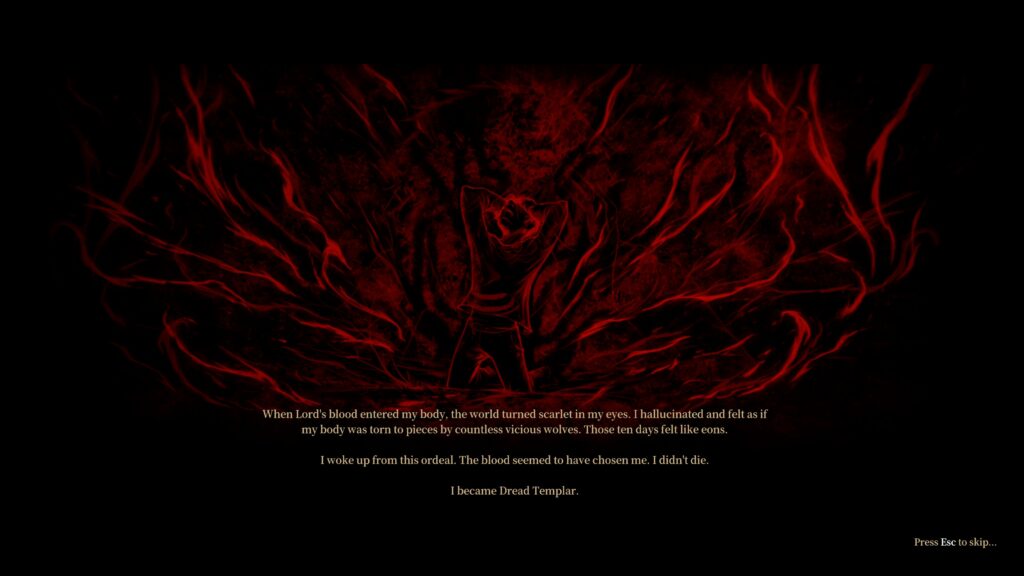
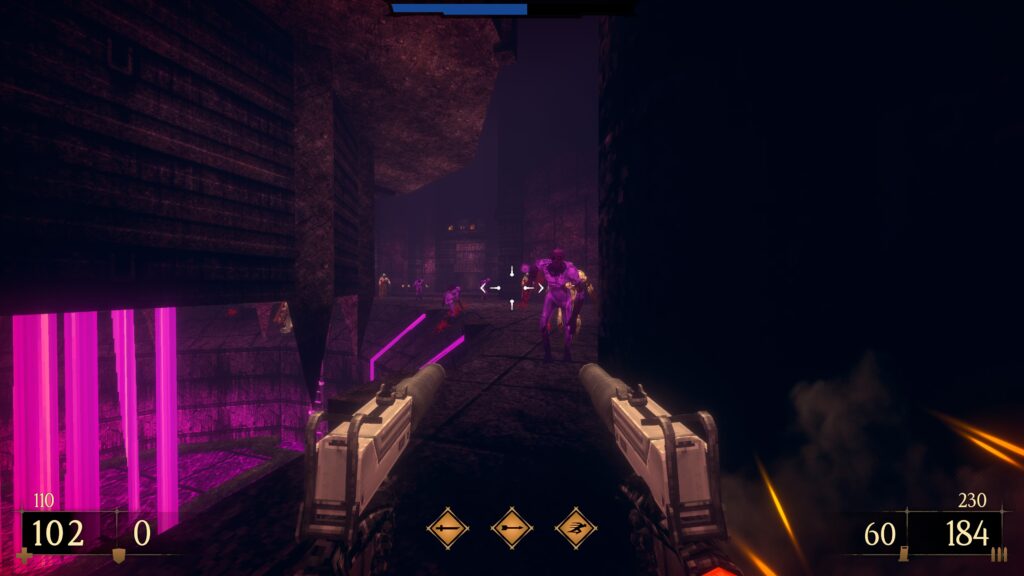
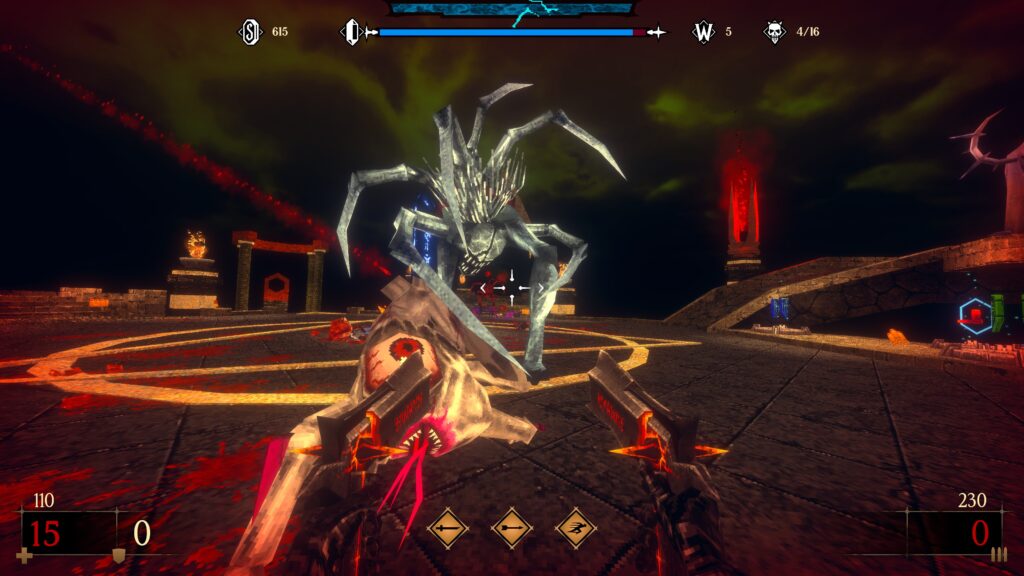
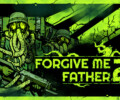

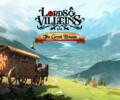
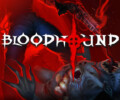
No Comments